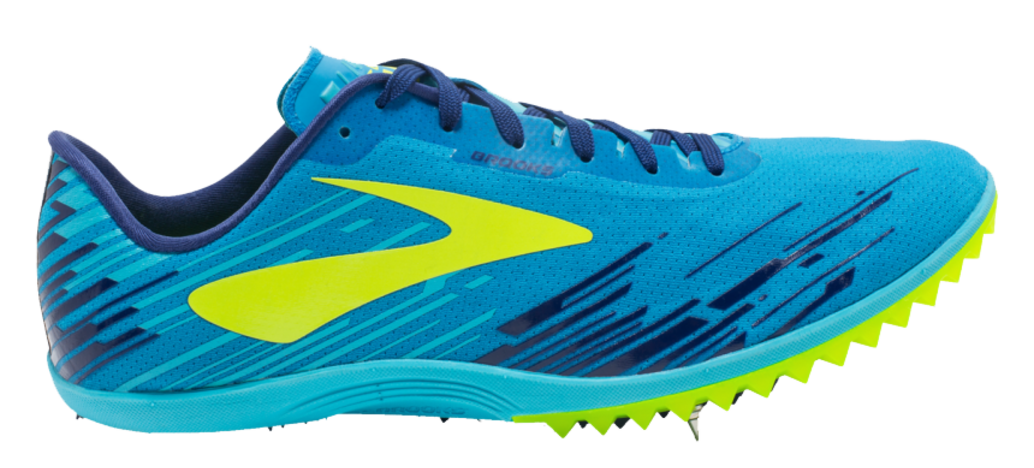Gait Analysis
At Well Run Sports we offer Gait Analysis to all our customers when buying their footwear.
Choosing The right running shoes
Todays running shoes are designed specifically for different pronation patterns. Pronation is the foots natural shock absorber. When our foot lands on a surface when walking or running there is a normal rolling in motion to level the foot flat to the surface, we call this pronation.
Excessive rolling in motion we call over pronation, and little or no rolling in motion we call under pronation or supination anything in between we then say the person has neutral pronation. When you pick your next pair of running shoes, your pronation type is a very important factor in your choice.
Gait Analysis
Gait analysis usually involves walking or running on a treadmill., in some cases the professional will simply watch the way you move looking in particular at your feet, ankles, knees and hips.
In more specialist settings a video recorder will often be set up behind the treadmill, which will record film of your gait cycle. This can be relayed to a laptop where slow motion and freeze frames can be used to carefully assess your running style.
This form of gait analysis usually focuses on the amount of PRONATION in the runners feet.
The Equipment
We use Dartfish Technology, the computer gait analysis system to accurately assess your running style to fit you with the most suitable footwear.
Dartfish is a very sophisticated piece of software that is used in many sporting activities for assessment of biomechanics, style and skills, in order to improve performance.
Determining your Pronation
If you are unable to visit us and would like to order a new pair of running shoes here is a quick test you could do to get a fair idea of what type of shoe you need.
Take a look at a pair of your old shoes. Stand them on a level surface and look at them from behind the heel.
- If you over-pronate your shoes will show a slight inward lean. You need support or stability shoes. If the inward lean is excessive then choose Motion control shoes (Many people make the mistake of looking at wear on the outsole at the outside of the heel and thinking they don't over-pronate. This wear is caused on landing and does not relate to pronation)
- Under-pronation is when a runner's foot does not roll far enough. If you under-pronate your shoes will show a slight outwards lean. Choose a pair of cushioning shoes.
- Correct pronation means there won't be any lean. Your feet are said to be neutral. You should choose neutral shoes.
A final thing to consider. If you have run in support shoes in the past, with no injury problems and your shoes show no signs of inwards lean it probably means you do need support shoes but the shoes have successfully prevented the over-pronation in the past.
Neutral/Cushioning
These trainers are for runners who are neutral or under-pronate. Some shoes in this category.................
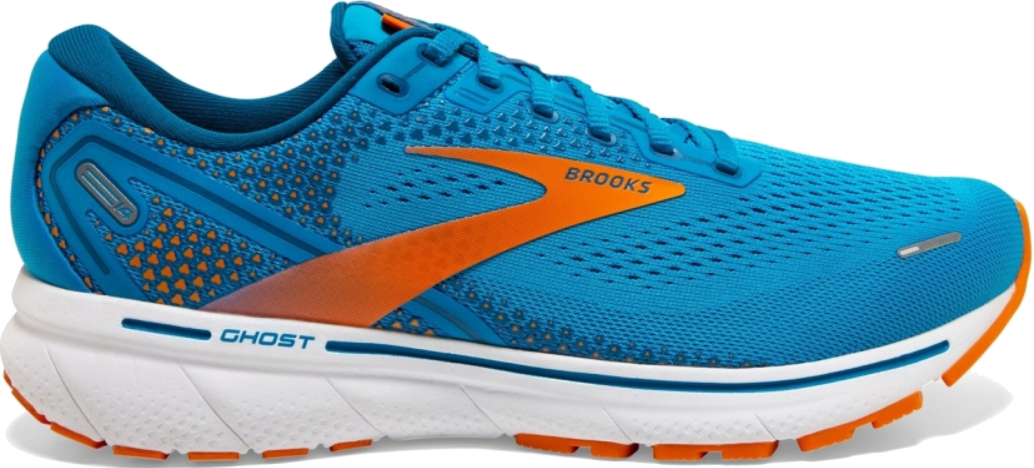
Support/Structured Cushioning
These trainers are for runners who are neutral or under-pronate. Some shoes in this category may also be suitable for mild over-pronators. Under-pronators should look for a flexible pair of well cushioned neutral shoes.
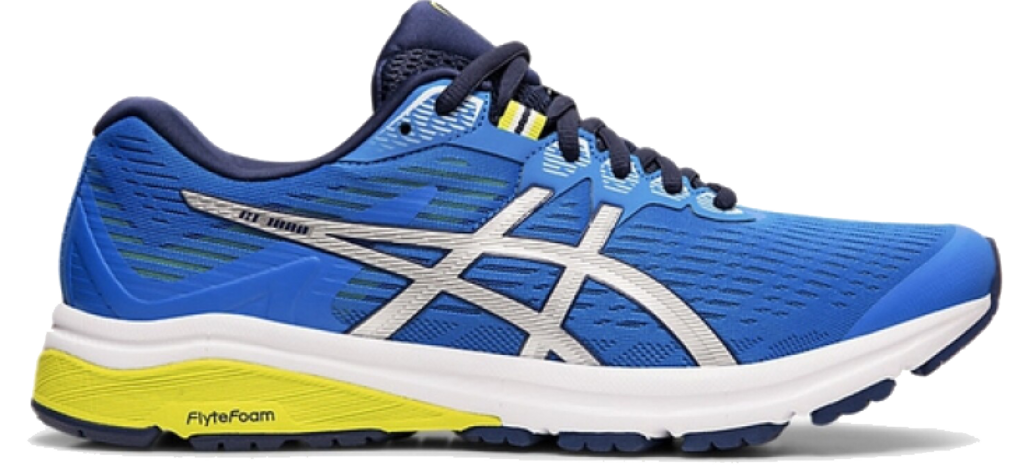
Motion Control
People who over-pronate more severely and heavier runners who over-pronate can choose these shoes that provide extra support and guidance.
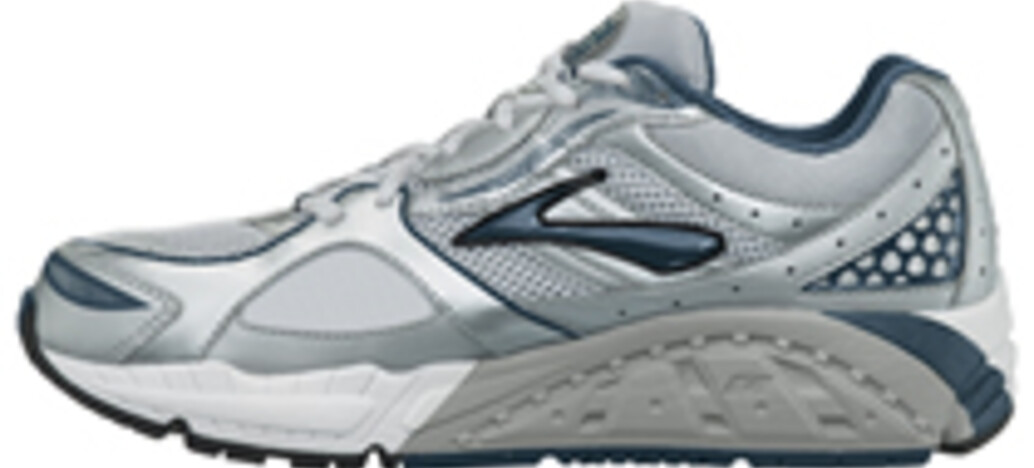
Trail
Specifically design for off road running.
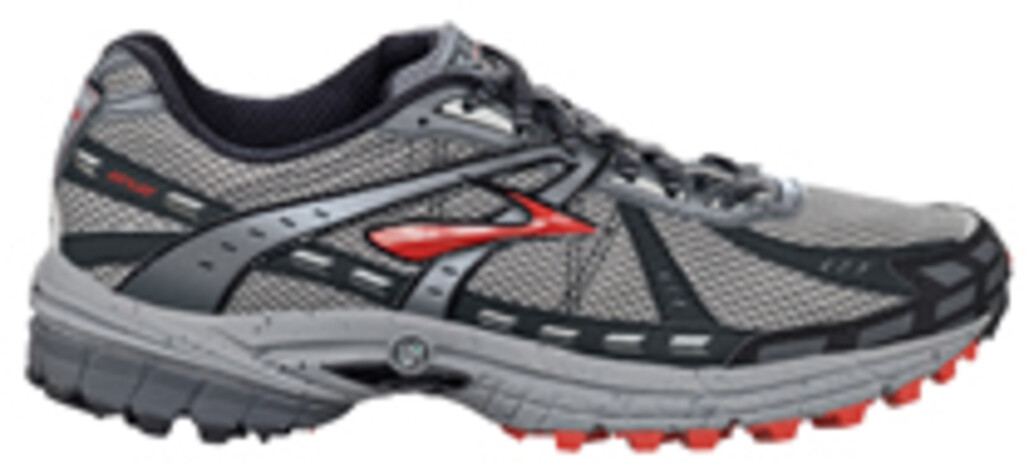
Lightweights / Speed
For use in fast training or racing. Less protection than regular training shoes. These shoes are also either neutral or supportive.
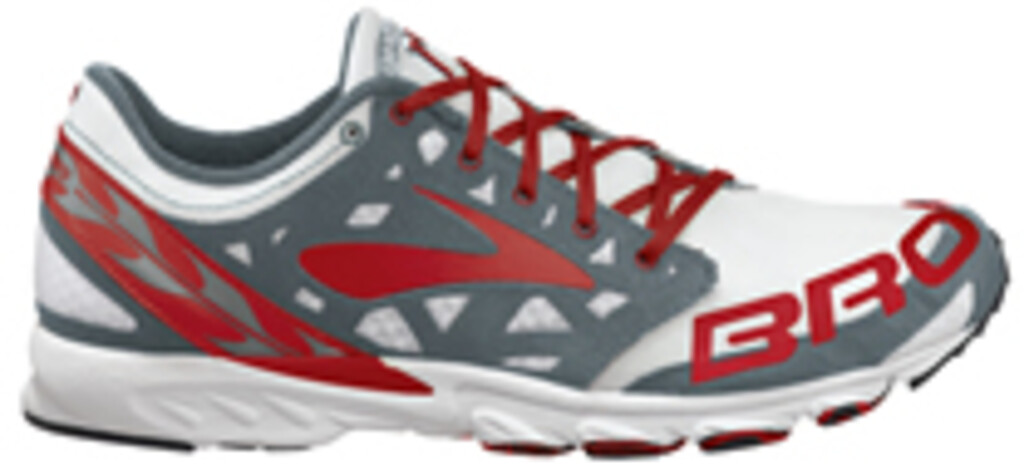
Racers / Spikes
Made for racing or very fast training (eg track work). These shoes are very light but offer limited protection. Some offer some support for over-pronators.
